In this day and age, when most musicians are struggling financially, every saved penny counts.
It’s only natural to want to save some money and ask ourselves, “is a sound card necessary for music production?”
In this article, I’ll go over a few advantages of having one, so you can weigh up if it’s one of the first items you need on your studio shopping list.
What Does A Sound Card Do, and Who Should Get One?
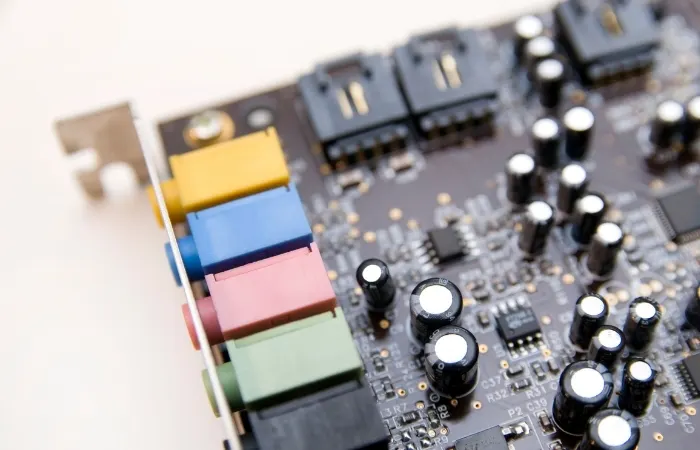
To clear up some of the terminologies – a sound card was used back in the day and is pretty dated technology.
Although some people still prefer to use good old sound cards, audio interfaces are essentially a modern variant of the same thing.
The audio interface provides more features such as multiple inputs and outputs, phantom power, etc.
There are a couple more differences, but we’ll get to that in a bit. What matters is that they all do the same thing – convert your analog signal to digital so it can be recorded on your computer.
At this point, you might wonder:
Why should I buy a dedicated sound card if my computer already Has one?
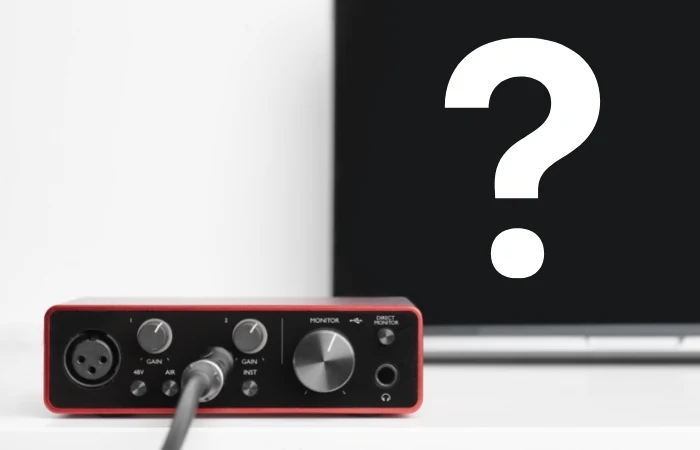
Great question…
Well, built-in sound cards could get the job done. However, it would be best if you didn’t hope for anything remotely resembling a professional recording.
First of all, the sound quality will be sub-par. Your noise floor will be way too high not to cause any problems, and latency issues would probably make you abandon the recording altogether.
This brings us to the answer to the article’s question:
If you intend on recording analog signals, an audio interface is a must.
However,
If your primary task is mixing music, you can do it without one.
Let me explain.
As we’ve discussed, if you try to, for example, record your guitar amp or yourself singing with a microphone, doing it without a high-quality interface is a total nightmare.
You probably won’t be satisfied with the results even if you manage to nail your parts right.
By “high-quality interface,” I don’t necessarily mean spending hundreds of dollars on some expensive units.
However, it needs to be way better than your built-in sound card.
Audio interfaces don’t need to bust your bank

If you choose a single channel, second-hand unit, you could hope to buy one for as little as $50. You can even get a decent brand new one for less than $150. It will provide you with all the quality you need to record your music like a pro.
If recording music isn’t on your list of priorities, you can consider working without one.
You can download a free ASIO driver like ASIO4ALL, and you’ll have plenty of buffer size to handle even some more demanding mixing projects.
You should be aware that your MIDI recordings will suffer from latency issues, so your only option would be to manually draw the MIDI notes in your editor.
This shouldn’t be a significant drawback if you’re used to writing MIDI like that anyways.
What Are The Benefits Of An Audio Interface?
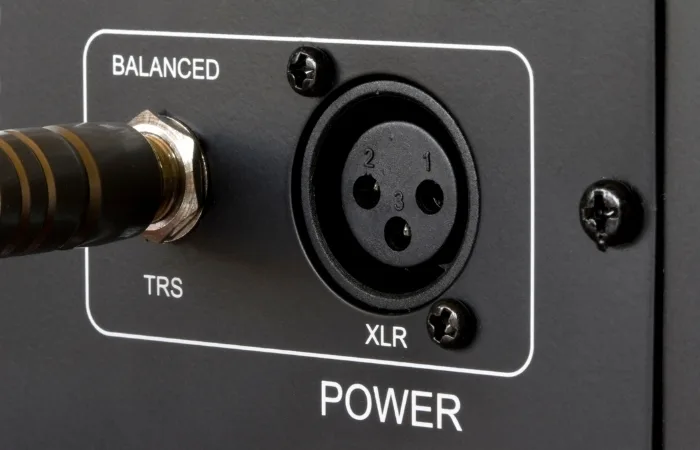
An audio interface can be indispensable when recording music as it provides a clean, latency-free audio signal for either your microphone or guitar/bass, etc.
Most also have a phantom power switch that allows you to hook up a condenser microphone without additional power supplies.
However, there’s more to this unit than that.
Even if you are not recording anything, an external audio interface offers some great benefits.
To Power Your Studio Monitors
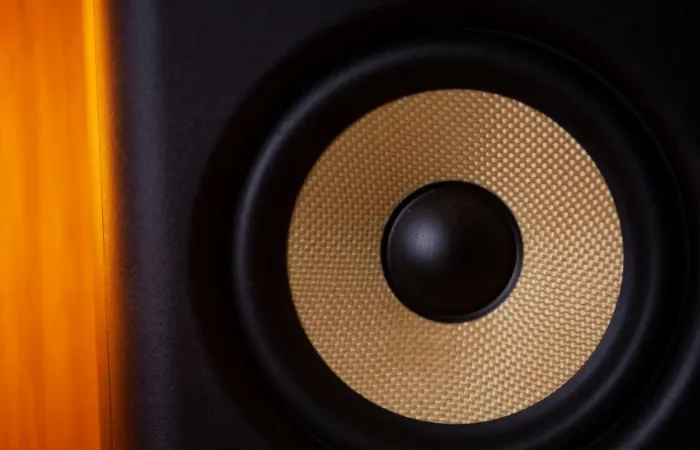
First of all, it can serve as an amplifier for your studio monitors.
Alternatively, you can buy a separate amp to feed your monitors (and in some high-end models, that’s preferable even).
But there’s no need to do that, considering that at a similar price, you can buy an interface that will serve various purposes at a comparable price.
Some interfaces even have multiple outputs, so you can hook up an extra pair of speakers to serve as a reference.
This is incredibly useful when mixing music, as you want to check it on as many systems as possible.
More Stability

Secondly, an audio interface can improve the stability of your projects.
It’s simply way more powerful than your average built-in computer sound card, and it can handle more intense plugins with lower chances of overloading your system.
Sure, you might encounter a crash or two now and then, but it surely will be way less frequent than usual.
Also, if you buy a unit with its own dedicated driver, your projects should run as smoothly as silk.
Higher Sample Rates
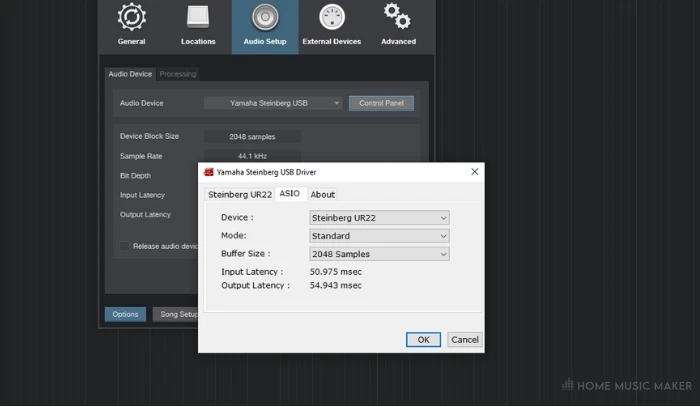
Additionally, if you want to work with higher sample rates, most units will allow you to go up to 192kHz.
I personally don’t think sample rate is that big of a deal, but some folks enjoy working in the most optimal environment possible, and indeed, there’s nothing wrong with that.
If your setup can handle CPU consumption on such high sample rates, an audio interface is absolutely the way to go.
Hook-Up External Equipment
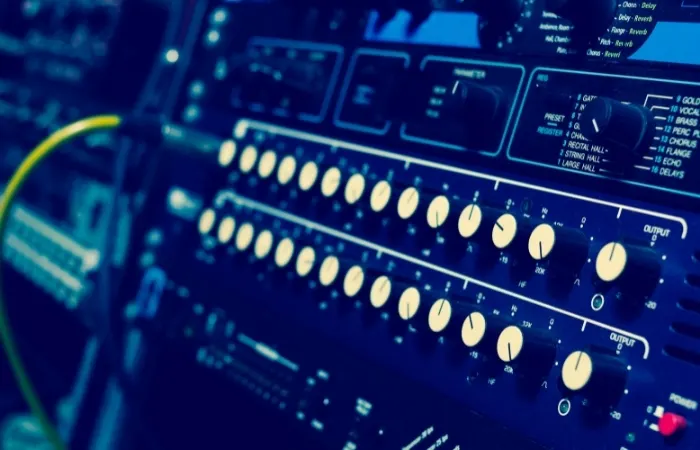
Most mixers will benefit from the ability to connect various outboard gear through the audio interface and implement that into their digital workflow.
The plugin industry has come a long way since creating the first digital EQs, but still, there is a particular sound to some of those hardware units that are still not replicated in the plugin form.
Having an audio interface is essential to connecting all units properly, saves you a lot of hassle, and keeps everything well-organized.
To Sound More Accurate
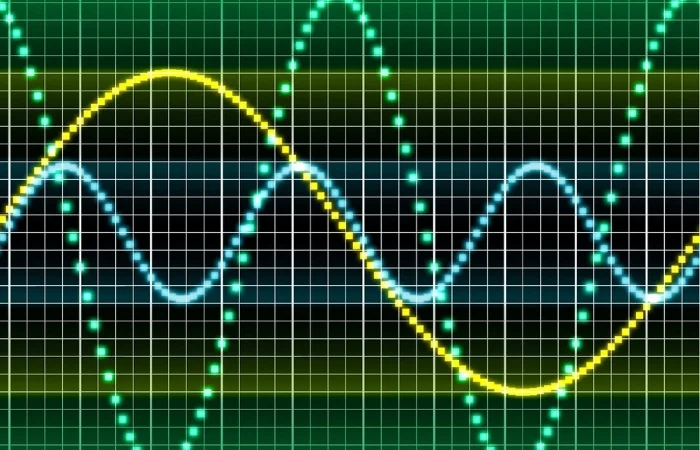
And finally, audio interfaces will playback the signal more accurately than a generic soundcard.
Some low-budget sound cards can even have a slight coloration in either low end or highs.
Coloration may be superb for your preamps section, but it definitely won’t do any good in the output.
If the output section has boosted bass, you may undermix the bass guitar so that it won’t translate that well to other playback systems.
Furthermore, a poor sound card can introduce all sorts of noise in your signal chain that can distract your ears while mixing.
This is especially true when mixing with headphones since, in that environment, even the slightest noise becomes painfully apparent, which can affect your mixing decisions, especially if the noise floor is pretty high.
Which Audio Interface Is Right For You?
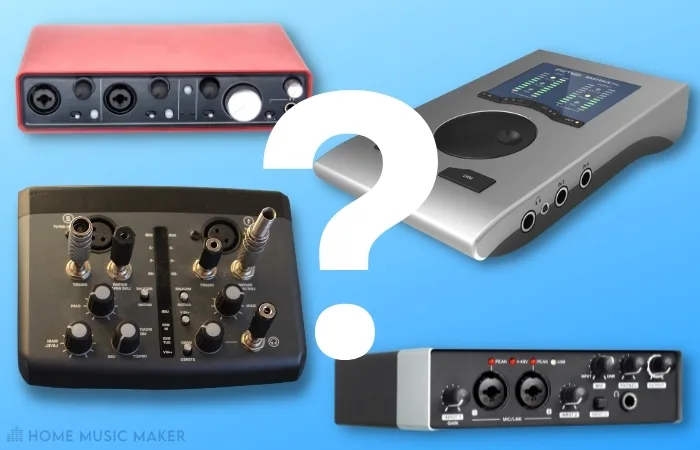
Choosing a suitable audio interface will depend on what you’ll want to do with it. Most of the benefits we’ve discussed can be found in a single-input unit.
If you’re starting out and not planning on recording in stereo, this could well be my recommendation for you.
It will cost the least and give you all the tools you need to begin your musical journey.
If you’re looking for some more features, then you might consider a couple of things.
First of all, you should look out for the number of inputs and outputs.
If you consider recording a full band or a drum kit, you probably won’t be able to pull it off with a pair of inputs.
You are more likely to need a minimum of eight inputs for such applications.
When it comes to outputs, it’s helpful to determine how much outboard gear you are likely to connect to the unit.
Consider that two outputs are needed for your monitors and that every external device runs in stereo so that they will require an additional two outputs per unit.
I’d say that if you have a bus compressor and an outboard EQ, eight outputs should be enough. However, if you are looking for a more lavish hardware setup, you should opt for at least sixteen outputs.
Another thing to consider is the type of sockets the interface has.
This may or may not be a problem, depending on what speakers you already have.
Some audio interfaces have balanced or unbalanced outputs, and you should always check the socket type of your monitors so that they’re compatible.
This isn’t that big of a deal since adapters can serve as a workaround if you have a mismatch, but it might still be something to consider.
You’ll also want to ensure that the interface has headphone output or an additional output for a second pair of speakers.
Alternatively, you can use the headphone output to run your second set of speakers, but it may become tiresome to constantly have to switch back and forth when referencing your mixes.
Furthermore, if you happen to own an older MIDI keyboard, you’ll want to ensure that your interface has MIDI inputs and outputs.
Most new-generation MIDI keyboards use a USB connection, but you might have an old device with a great sound you like to use in your productions.
Phantom power is also an essential feature to have, but most newer models have that by default.
If you’re planning on recording DI signals of your electric guitar and bass, it’s nice to have a Hi-Z button.
Since those are considered high-impedance instruments, your signal will significantly reduce volume and quality without this function.
If most of these terms don’t mean much to you, I suggest going for a couple of key features:
- Phantom Power
- Headphone Output
- Two Inputs
Even a single channel is acceptable, but it’s nice to record some sound sources in stereo, like acoustic guitars.
If you’re unsure which manufacturer makes some of the best units, I recommend Focusrite, Steinberg, Presonus, Arturia, Universal Audio, etc.
They’re all excellent and offer various models, so you can choose the one that fits your budget and has all the essential features that you need in your day-to-day life in the studio.
You can check out our top 12 best sound cards in 2021 HERE.
FAQ – Is a Sound Card Necessary For Music Production?
Does a USB sound card affect microphone record quality?
Yes, especially the quality of the preamps used. It’s good to know that most preamps used, even in the budget models, sound very good nowadays.
Is a sound card the same as an audio interface?
Well, kind of.
A sound card is primarily used to signify an internal unit.
On the other hand, an audio interface is external, but essentially it is a sound card nevertheless.
The most significant difference lies in the number of features the interface has over a sound card.
Audio interfaces are generally much more powerful units that have almost completely taken over internal soundcards.
What is the difference between a sound card, audio interface, and mixer?
The difference between mixers and soundcards is that mixers cannot communicate any information to the computer.
It will still have to be plugged into a sound card of sorts for your computer to detect sound waves coming into the DAW (Ableton, FL Studio, etc.).
On the other hand, a mixer has an EQ section and can have additional tools like a compressor, gate, and limiter. These functions are not typically found in sound cards and audio interfaces.
Why do you need an external sound card while recording an instrument?
Besides providing you with a clean, noise-free signal, an external sound card will let you record your music latency-free.
This means that you won’t notice any delay between what you play and what comes from the speakers.
In an alternative scenario where there is a significant latency (delay), your performance will most likely be out of time, which could be a significant problem.
Does a good USB audio interface make a big difference in the quality of sound?
More expensive units have better-quality preamps, and thus you can expect a better raw sound on your audio recording sessions.
That being said, I do not think that a vast difference in price correlates to an improvement in the sound quality.
Budget models sound very good, and expensive ones sound a bit better.
Ultimately, it’s up to you to decide if the difference in sound quality is worth the additional investment.
How will an audio interface affect your computer compared to a soundcard?
An audio interface is more likely to help your system run smoother than an internal sound card since it won’t work as hard to process the audio.
It being external alleviates some of the pressure on your computer performance.
Do you need an audio interface if you only make electronic music?
In electronic music, most of the sound is created through MIDI and “in the box,” so you can fully produce a song without using an audio interface at all.
How much will a soundcard affect my mixes if I use one?
It’s probably not that much, but it’s always good to know that your soundcard isn’t contributing to the coloration of your output section.
You generally want to represent what’s going on in your mix without the gear getting in the way and introducing boosts of specific frequencies.

 Want to connect with other music producers for help and guidance?
Want to connect with other music producers for help and guidance?